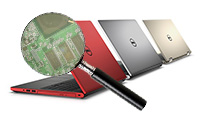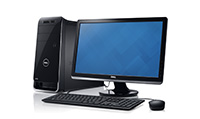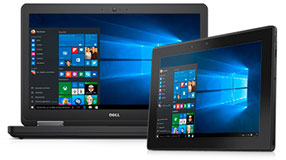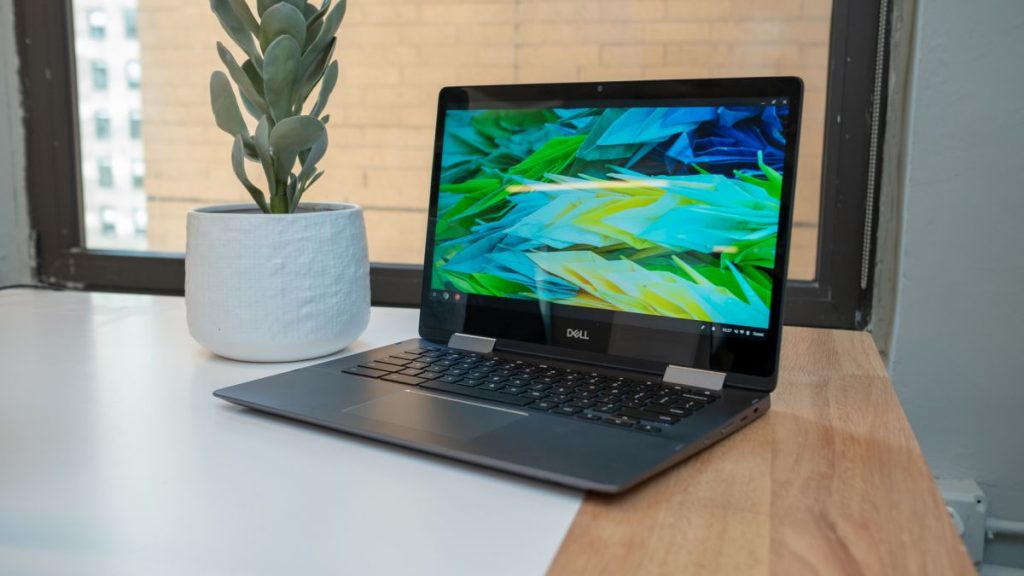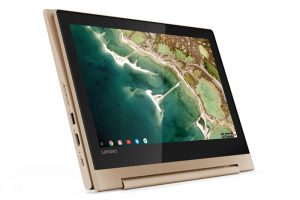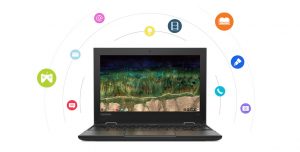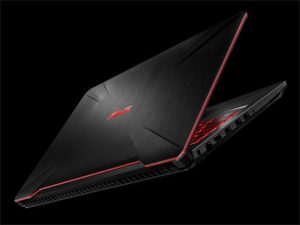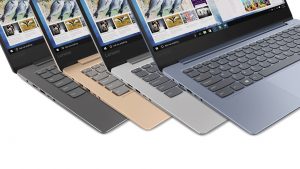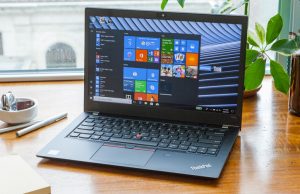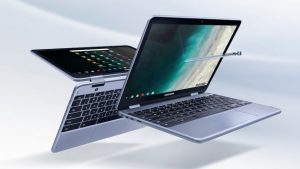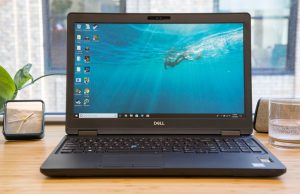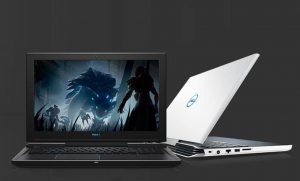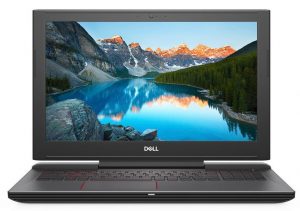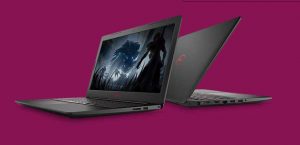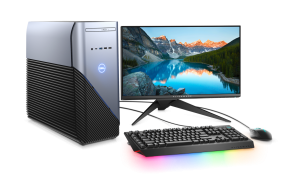

Intel Fires Another Shot at Laptop Prices
One of those sophisticated design techniques, now being utilized by Intel, has been employed by the aviation and automotive industries for many years. Intel refers to it as 'structural reduction analysis', and used it to create "an Ultrabook concept chassis that is a fraction of the cost and equivalent in quality to existing machined aluminum and die cast metal solutions".
Structural reduction analysis does not involve a new material. Components are simply rearranged to provide structural support to each other, and to the body of a laptop, and can play supporting roles in helping dissipate heat from the CPU. That sounds very similar to the manner in which the automotive industry frequently uses the engine as a 'stressed frame member', thereby increasing the strength and rigidity of a vehicle's design.
Ben Broili, headed up a team of engineers which included former Boeing employees, at Intel's DuPont R&D center. Broili told Reuters their technique could reduce prices by as much as $75 per ultrabook. Intel's processors are typically more than US-$200 each, and are the most expensive component in ultrabooks. By reducing the cost of other laptop parts, Intel is able to maintain its prices on the CPUs it sells, which are typically priced about $100 higher than equivalent parts from AMD (Advanced Micro Devices). AMD's Accelerated Processor Units (APUs) are known for providing significantly better graphics performance than Intel.
Intel is distributing the results of their research to its corporate partners, and said ultrabooks with the new chassis designs will probably become available in 2013.
In a previous article we covered a hybrid approach to plastic notebook bodies and mentioned that a metallic shell can be retained in "stamped hybrid cases" with a thin aluminum sheet, covering a specially engineered, strong plastic case.
Snap Review of Laptop Trends & Developments
Until recently most of the industry seemed to be experiencing angst about whether or not Intel's sales and price projections for ultrabooks would actually come to pass, even though research firm Gartner Inc. projected a 4.4 percent growth rate for 2012, representing a growth-rate for PCs more than seven times greater than experienced in 2011. That report did forecast even higher growth by the end of 2013.
We talked about the fact that ultrathins and ultrabooks are everything netbooks should have been, but never accomplished, and that ultrabooks are not only about marketing, but also about making PCs that out-gun MacBook Airs in price, with equal or better performance and form-factor, on software used by the majority of laptop users on planet earth. That process is being facilitated by Intel having established $400-million in marketing support funds, and also by Intel arranging for ODMs (original design manufactures) to co-design and manufacture ready-to-sell ultrabooks to be branded and badged with names of small companies that would otherwise be unable to produce ultrabooks.
Industry analysts have said that volume production of ultrathins and ultrabooks will cause commoditization, and they are correct.
In an article about upcoming 2013 notebooks we quoted a JP Morgan analyst who said windows-based ultrathins need to be in the US-$600 to $800 range for average consumers to join the buying crowd, and we mentioned a Merrill Lynch report stating that a $600 price-point would account for about 50% of the price-range that laptops cover. That article mentioned that an additional factor driving laptop sales would be Microsoft’s release of Windows 8, and also pointed out that it seems a reasonably sure bet, that with volume ramping up, a $500 to $600 price-point will be available, on at least some good quality systems.
The industry press seems to have been debating with itself over whether or not prices for thin-and-light laptops would drop to an Average Selling Price (ASP) below US-$800 in 2012. That seems like a pointless debate, because in March an Acer Intel-based ultrabook went on sale for $799 with free shipping and a $200 coupon, which effectively reduced the price to $599. Toward the end of 2011 one ultrabook sold for $699 on a sale promotion.
SSD (Solid-state drive) prices are plummeting and will improve performance, while driving down the average selling price of both hybrid HDDs, and laptops in general.
The Real Driver
Convergence is the overarching trend that encompasses and surpasses all the others. In and of itself it does not directly contribute to falling laptop prices. In the near future however, it may reduce the total cost of computing by replacing two devices with a single hybrid laptop-tablet.
Snap-wrap List of Price Reduction Tactics
- 7mm Hybrid HDDs
- Plummeting SSD (Solid-State Drive) Prices
- Plastic or Hybrid Plastic-Metal Bodies
- AMD Chip-sets for Ultrathin Laptops Competing with Intel's Branded Ultrabooks
- Structural Reduction Analysis
- Accelerated Volume Production - Intel's $400-Million Marketing Support Funds
- Major Advances in Semiconductor Chip Fab Technology
Assessment
As a direct result of a world-wide, weak economy, corporate IT departments and individual consumers may have delayed meeting their replacement needs for about as long as they can; but those needs must be met.
In previous articles we've compared the upcoming onslaught of thin-and-light laptops to either a freight train or a tidal-wave. By the end of 2013 it may look as if the ultrabooks, ultrathins trend is a freight train riding a tidal-wave. Taking the liberty to coin a term; the locomotive of marketing support funds, will drive economies-of-scale to cause, what I choose to call, 'accelerated volume production'. The one really huge caveat is the global economy.

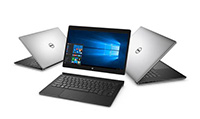 Laptop & Tablet Parts
Laptop & Tablet Parts